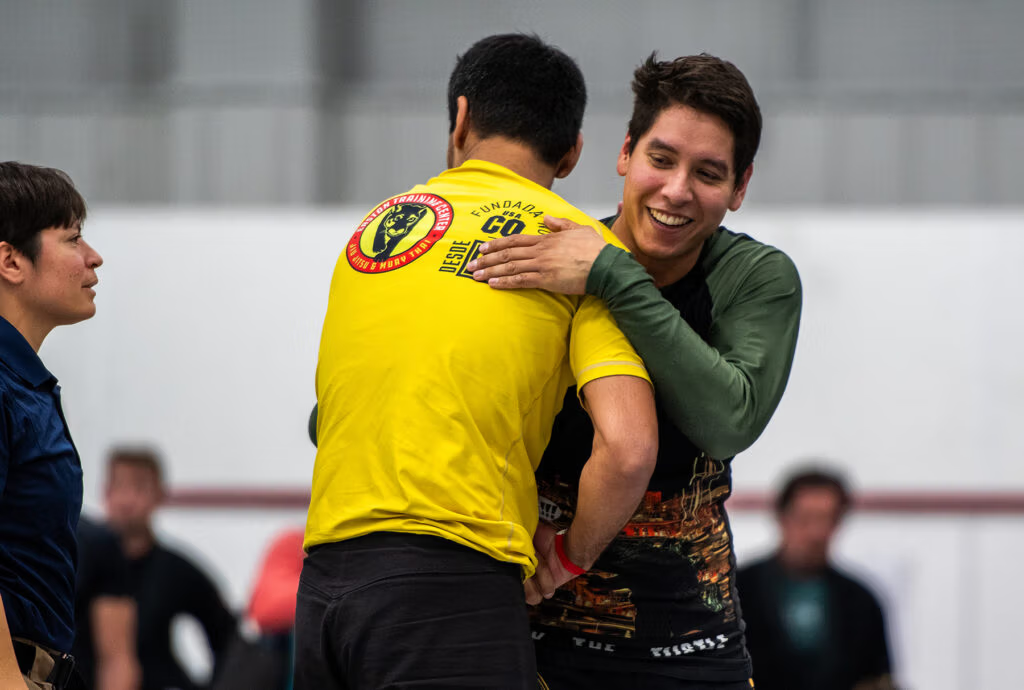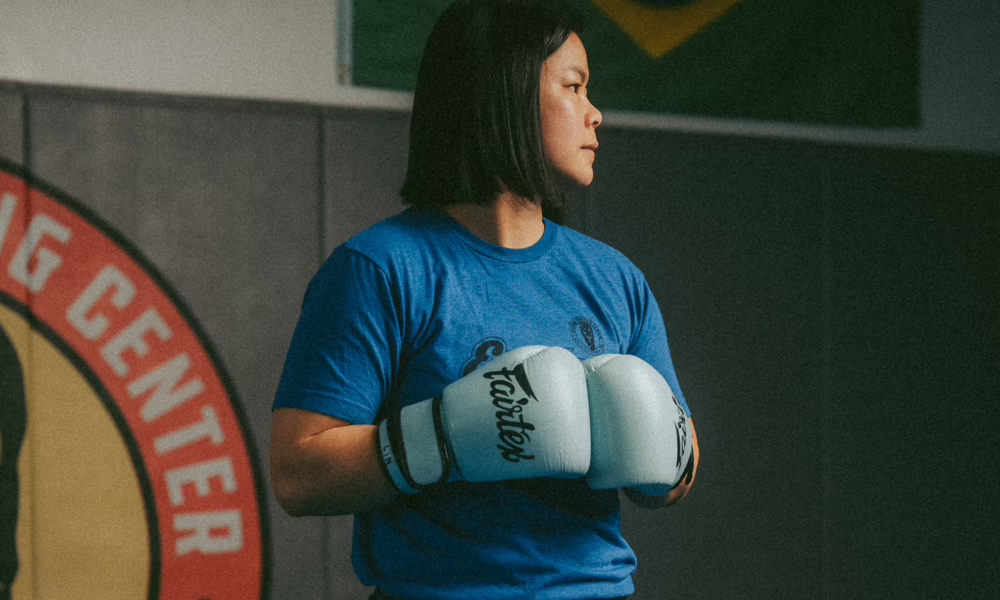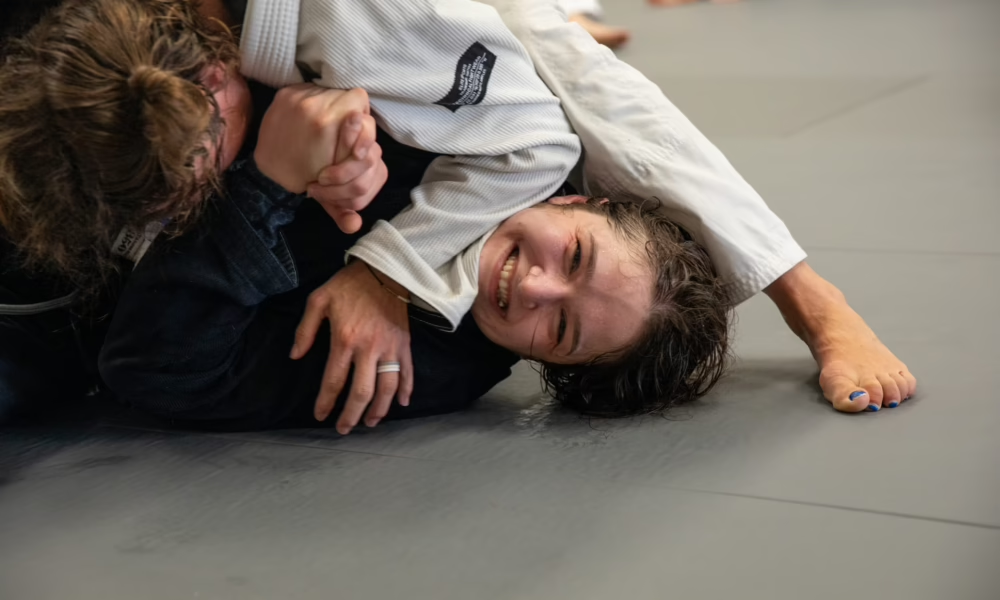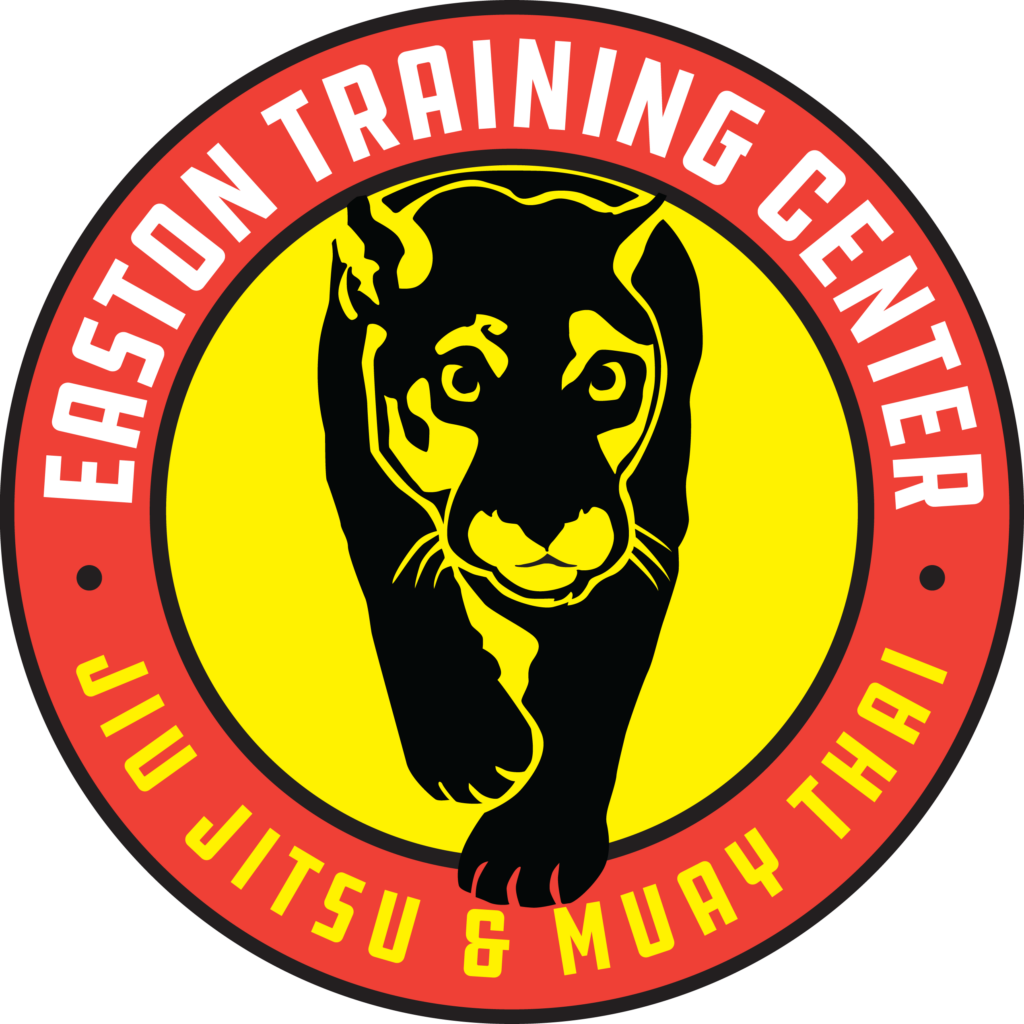I often ask highly motivated people and athletes that I come across – how do you do it? How do you keep yourself motivated and disciplined? More impressive than their superhuman physical abilities are the mental ones propelling the train.
We all know those people, friends and coaches, who are so good about sticking to their training routine. They’ve got their calorie intake and protein dialed in, meals prepped, daily supplements ready.
Usually they’re the same people who try to get a solid 7-8 hours of sleep each night and buy fancy things to track it. (Though that’s also partially just being in your 30s..)
We love these folks because they endlessly inspire us to embody our best physical selves. However, as we lean further into our training communities to hold us accountable, we need to watch out for the trap of comparison.
Just because someone else’s process includes training seven days a week and fasting three of those days doesn’t mean yours needs to.
It can work for you. Sometimes, we see a person doing something and it hits us over the head like a long-lost friend.
Other times, we may see something and think we should be doing it.
It’s important to push ourselves and try new, uncomfortable things; that’s how we expand and get better. But it’s also important to know the difference between pushing ourselves past our limits and forcing something.
We’ll never be happy holding ourselves to other people’s standards. Part of the mission is finding out what works for you – what are your standards?
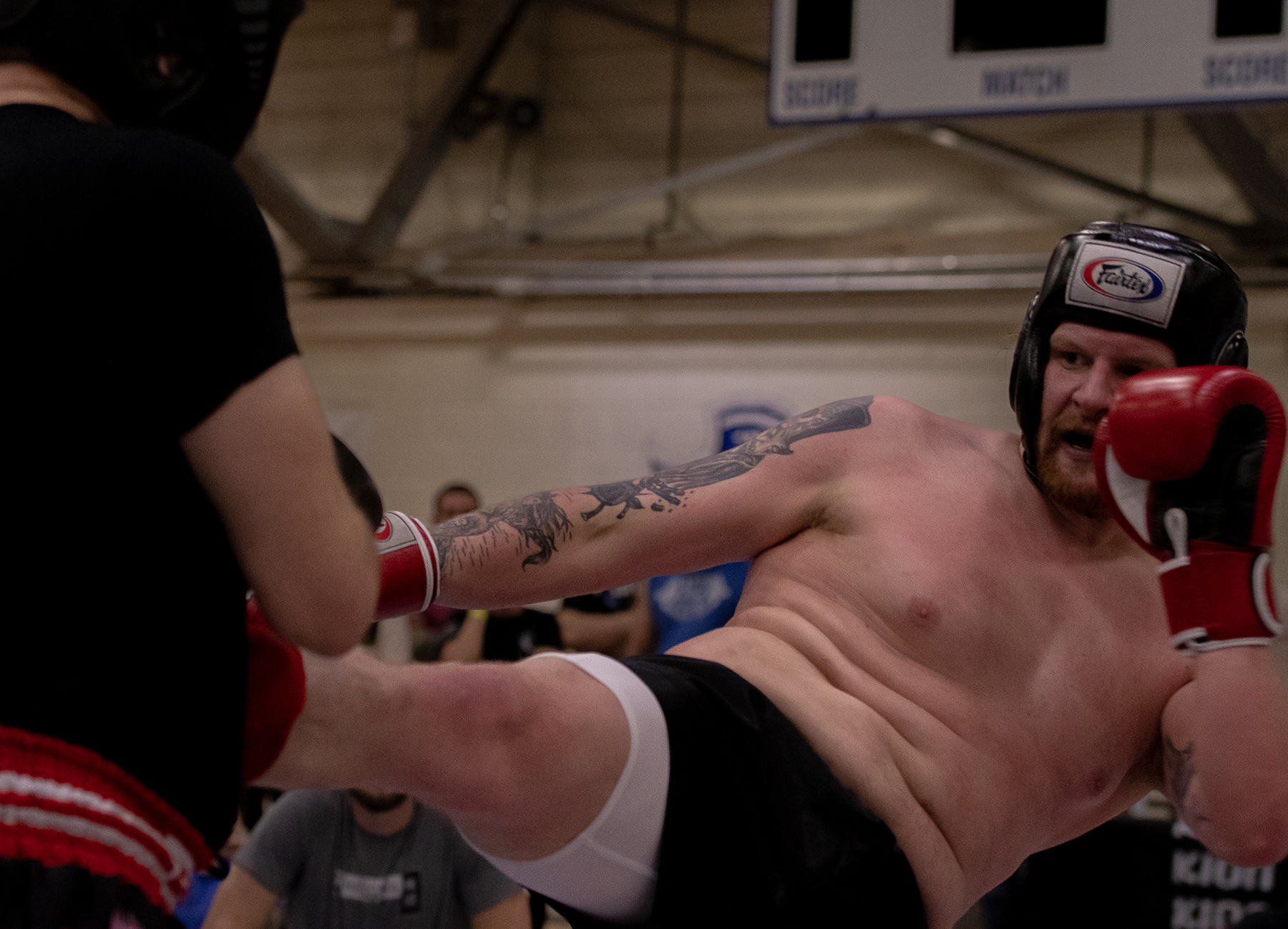
Know when to flow
Recently I had the opportunity to meet a DJ and somatic hypno-therapist named Lilian Wang based out of Brooklyn, New York. Her practice involves helping people tap into their body through sound and music, to process and release emotions through movement. She calls it the Wiggle Way.
She spawned this movement practice in response to one of the hardest points in her life, as she channeled a song and wiggled her way out of bed. It was a space free of judgment; only curiosity.
I confessed to her I’d been having a hard time moving my body, but have been trying to force myself to do some sort of movement every day. I’m always thinking about all our students and coaches we see every day at the same time – sticking to their guns, disciplined, organized. That invisible bar set even miles away. I asked her how I could motivate myself on those days when my body feels the heaviest.
“First of all,” Lilian said, “I wouldn’t force your body to do anything.” She told me that if she were working with someone on this, she’d suggest they explore that resistance, that heaviness. Lean into the feeling and ask:
Where do you feel it? How does it feel? When’s the first time you remember feeling it?
Exploring physical resistance can help move the energy from a place of heavy stagnation to a light curiosity, channel it into an expression of movement, and send it right out of your body!
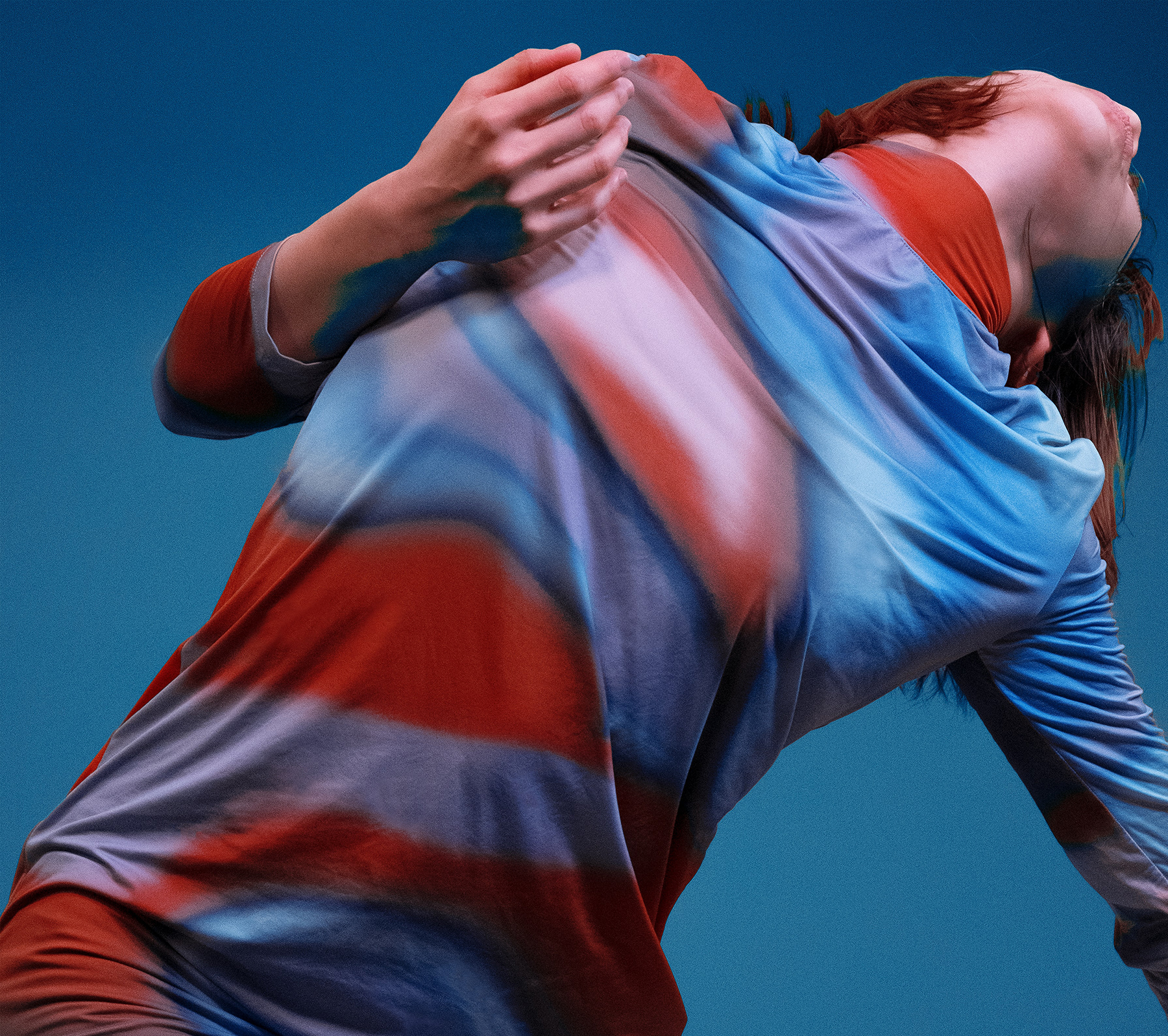
Coach Mike Phipps shared a similar realization in last week’s All Hands Meeting.
(Yes, Phipps is one of those people that preps all his food in identical containers.)
A keystone for discipline in our community – i.e., one of those students who would sooner endure a hurricane than miss class – Phipps often comes to mind when I’m feeling particularly unmotivated. However, this time he was experiencing the other side of the coin.
After feeling disappointed at his lack of productivity over the weekend, Phipps sat down to journal about it, but found the words didn’t want to leave the pen for the page.
For Phipps, this resistance manifested itself in physical tension: crunched shoulders, hunched back, clenched jaw. So he started his journaling with a few simple sentences describing how he wanted his body to relax.
Droop the shoulders, slacken the jaw, loosen the tension in the upper back.
This act alone allowed him to relax, write, and come to conclusions about how ultimately unproductive the practice forcing productivity can be. Especially with the self-scrutiny that can accompany that forcing.
“What can be achieved through force,” asks Phipps, “that cannot be more adequately achieved through flow?”
Striving towards balance
While no doubt there’s a place in martial arts – and especially the world of competitive sportsmanship – for a certain, wild discipline, the only way to achieve sustainable growth is through balance. The structure of our rigid discipline must be met with the grace and flow of creativity in order to serve a higher purpose.
Just as structure creates a framework for us to play and explore, if we never leave the confines of structure we miss out on one of the key joys it provides us.
This approach of softening, leaning in and asking the body what it wants to do isn’t completely wild. It’s an approach frequently explored in corporeal movement classes, dance workshops and movement therapy. Even some forms of talk therapy ask the client where in the body they sense a concentrated sensation like guilt, shame or excitement.
Don’t get us wrong, we’d get nowhere without discipline. However, the way to create healthy, long-lasting habits is to create realistic practices that align with your internal direction. If you want something on the outside, but haven’t done the work to prepare yourself on the inside, the experience will feel more forced than fluid.
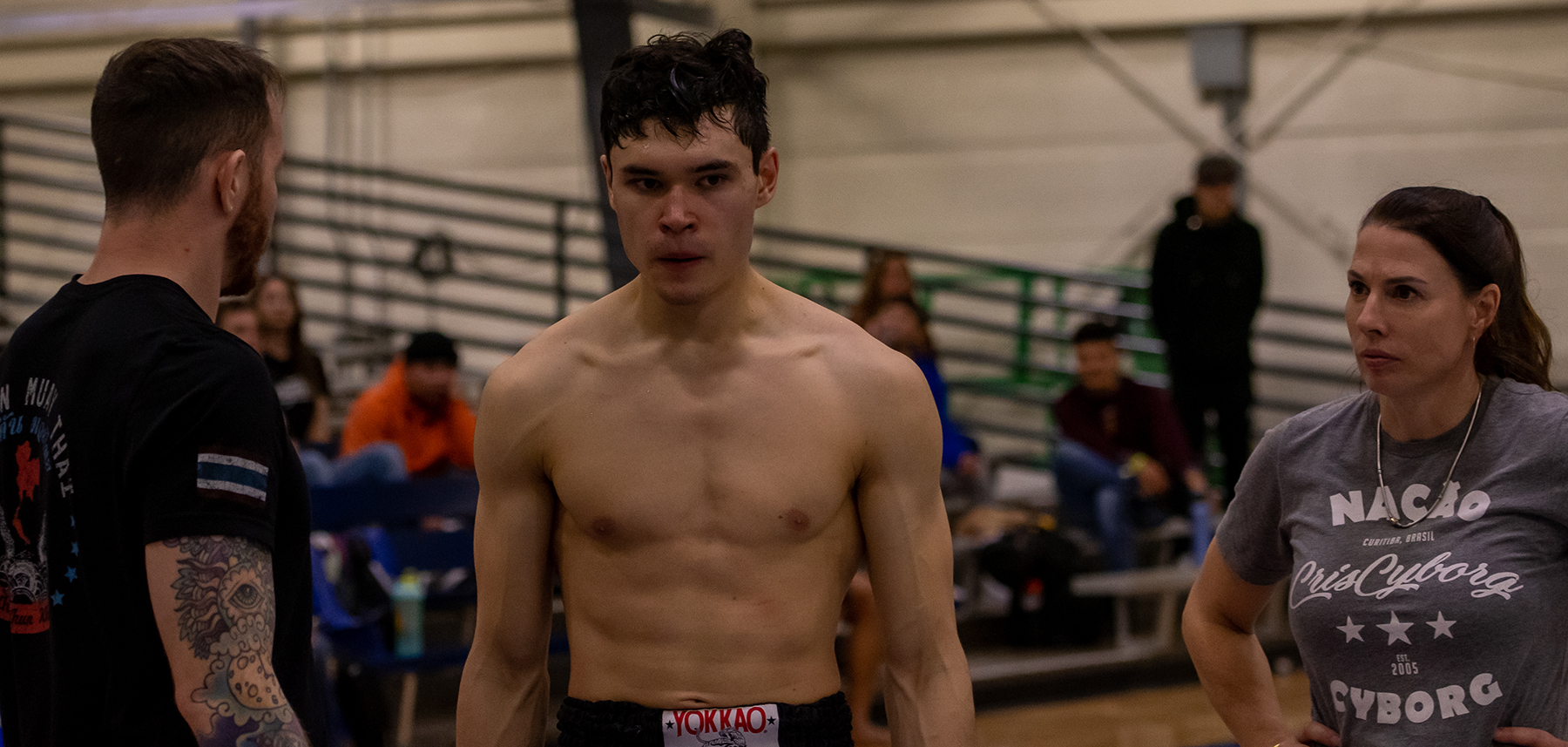
Put in the hard work, but give some space for the magic to happen.
On the mat
What can be achieved through force that cannot be more adequately achieved through flow?
The question Phipps posed at the All Hands Meeting can follow us in many places in our lives – philosophically as we’ve seen, but also quite literally, on the mats in our Muay Thai and Jiu Jitsu practices.
One of the first things we tell prospective students when we walk them to their first Kickboxing class is to go about 20 to 30 percent of their full strength. We tell them this because in a potentially dangerous martial art, having good technique and knowing how and when to use it properly far outweighs the benefits of force.
Similarly, we require students to have a certain skill level before moving up to the next rank. In Jiu Jitsu, you can’t train live until you have two stripes on your belt, and in Muay Thai you can’t spar until green shirt-level. We grant these ranks as rites of passage to the students because we trust they won’t strong-arm the new kids and that they’ll take care of each other.
From allowing your roll in Jiu Jitsu to unfold and approaching it from a space of curiosity instead of ego smash central, to staying relaxed during your sparring session, tapping into a place of stillness is crucial for being able to return to that space during times of high-stress.

If we’re forcing things in our life, we’re going to hit a wall. Perhaps the best way to avoid burnout is to add a little more flow.
Next time you feel like you’re forcing your way through something, take a breath. Sometimes we do need to push through – the challenge presenting an opportunity to overcome. Other times, however, it’s better if we listen and flow. Maybe add a wiggle.


